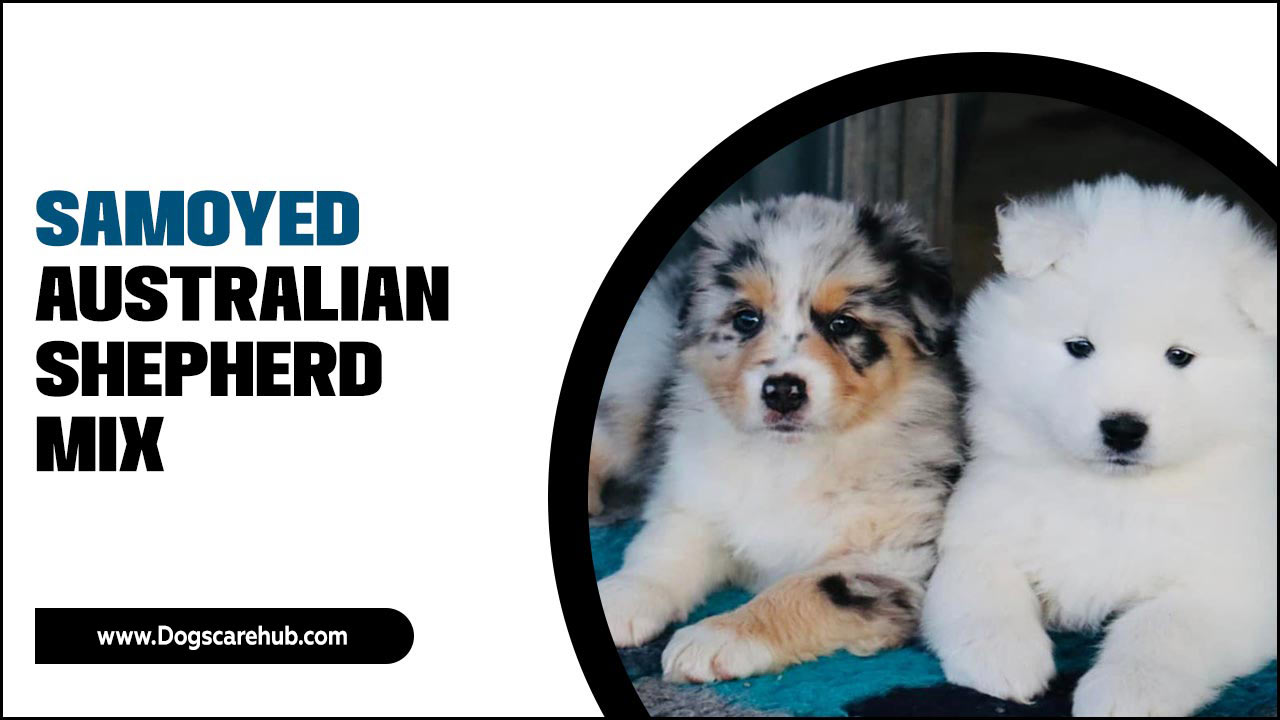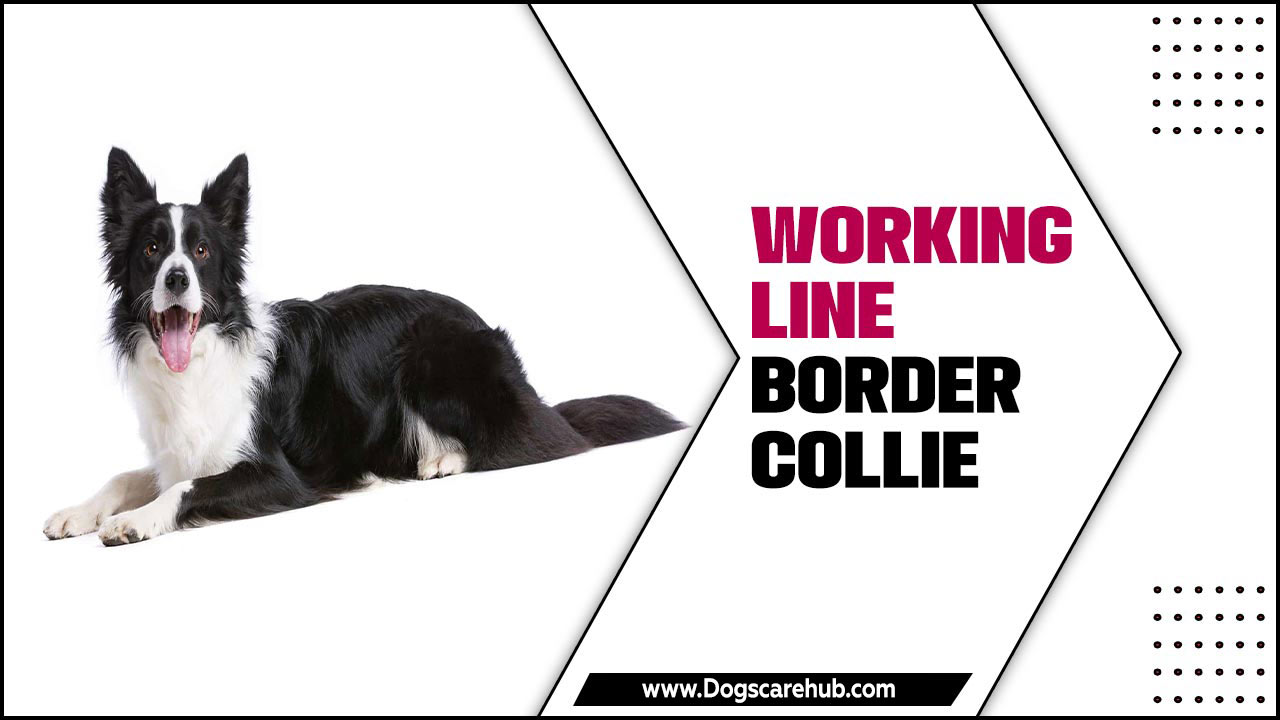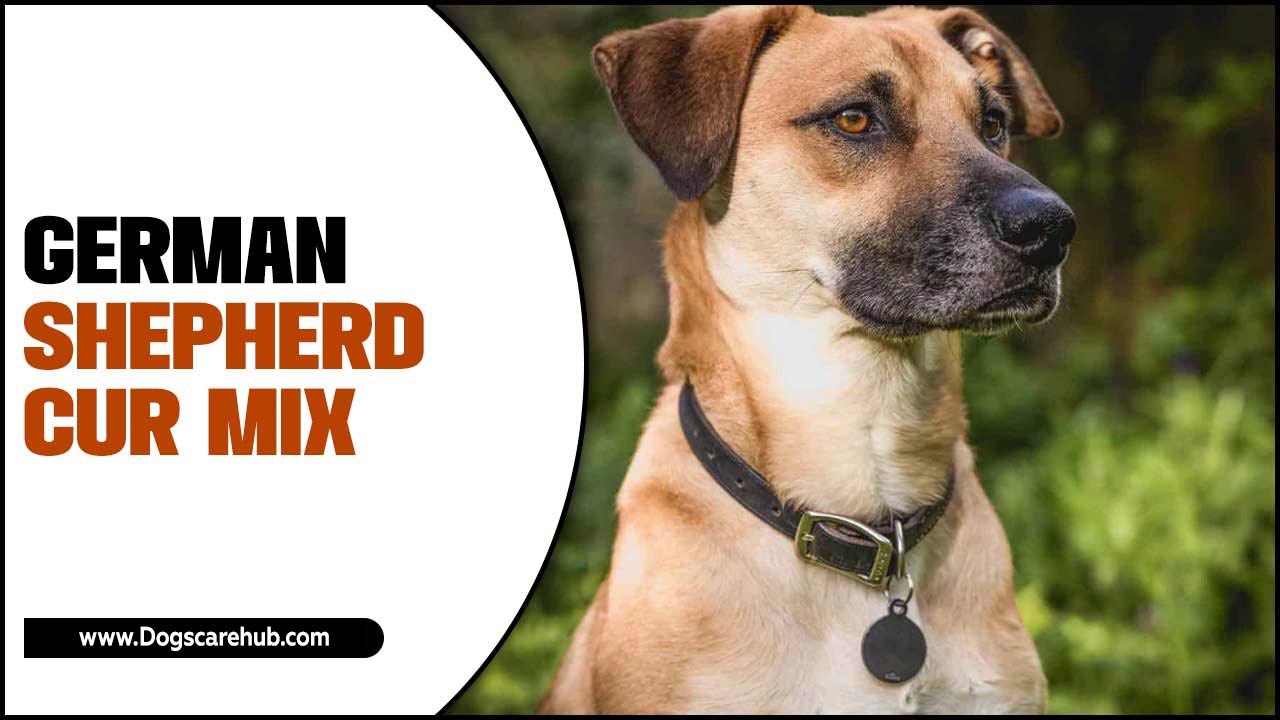Quick Summary:
Essential puppy training behavior solutions involve understanding positive reinforcement, consistent routines, and addressing common issues like potty accidents, nipping, and chewing with patience and clear commands. Early intervention and understanding your puppy’s needs are key to building a well-behaved companion you’ll both love.
—
Bringing a new puppy home is an incredibly exciting time! But if you’re finding yourself a little overwhelmed by chewed shoes, puddles on the floor, or tiny teeth nipping at your fingers, you’re definitely not alone. These common puppy behaviors can be, well, a handful, but they’re completely normal as your furry friend learns the ropes. The good news is that with a little understanding and the right approach, you can navigate these challenges and build a strong, trusting bond with your pup. Let’s dive into some essential fixes to help your puppy – and you – thrive.
Understanding Your Puppy’s World
Before we tackle specific behaviors, it’s helpful to remember that your puppy is a baby and is brand new to your world. Everything they experience is a learning opportunity. They don’t inherently know our rules or expectations. Their behaviors, even the frustrating ones, are often driven by instinct, curiosity, or unmet needs. Understanding this perspective is the first step in providing effective solutions.
Think about it: your puppy is adjusting to a new environment, new sounds, new smells, and a completely new family dynamic. They might be a bit scared, overly excited, or simply don’t have the bladder control or understanding yet to know where they’re supposed to go to the bathroom.
Our goal isn’t to punish behaviors but to guide our puppies towards acceptable alternatives. This approach builds confidence in your puppy and strengthens your relationship. We want our puppies to want to please us, not to fear us.
Essential Puppy Training Principles
The foundation of all successful puppy training lies in a few core principles. Applying these consistently will make solving specific behavior issues much smoother and more effective.
1. Positive Reinforcement is Key
This is the golden rule of dog training. Positive reinforcement means rewarding your puppy for doing the right thing. When your puppy exhibits a behavior you like – whether it’s going to the potty outside, sitting calmly, or chewing on their own toy – shower them with praise, treats, or a favorite toy. This makes the desired behavior more likely to happen again.
Think of it as a “treat economy.” You’re teaching your puppy that good behavior earns good things. This is far more effective and humane than punishment, which can lead to fear, anxiety, and aggression.
2. Consistency is Crucial
Your puppy learns from repetition and predictability. This means everyone in your household needs to be on the same page regarding commands, rules, and routines. If one person lets the puppy on the couch and another scolds them for it, the puppy will be confused.
Consistency applies to everything: potty breaks, feeding times, training sessions, and your reactions to unwanted behaviors. The more consistent you are, the faster your puppy will grasp what you expect.
3. Patience, Patience, Patience!
Puppies are not robots; they have good days and bad days. There will be times when you feel like you’ve taken two steps back. This is normal! Training takes time. Celebrate the small victories and don’t get discouraged by setbacks. Your calm and patient demeanor is a vital part of the training process.
Remember, your puppy is still learning life skills. Just like a human toddler, they’ll have accidents and make mistakes. Your job is to guide them through it with kindness.
Common Puppy Behavior Solutions
Now, let’s address some of the most frequent challenges new puppy parents face and how to tackle them effectively.
Potty Training Accidents
This is perhaps the most common puppy challenge. While frustrating, remember your puppy isn’t doing it to spite you!
- Frequent Potty Breaks: Puppies have tiny bladders. Take them outside first thing in the morning, last thing at night, after waking up from naps, after playing, and after eating or drinking. Aim for every 1-2 hours for younger puppies.
- Designated Potty Spot: Take your puppy to the same spot in your yard each time. This helps them associate the area with elimination due to scent cues.
- Enthusiastic Praise: When your puppy eliminates in the correct spot, praise them immediately and give them a high-value treat. Make a big fuss!
- Supervision is Key: When you can’t actively supervise your puppy (e.g., if you’re busy or they’re in a new area), use a crate or confine them to a puppy-proofed area using baby gates. This prevents accidents from becoming a habit.
- Cleaning Up Properly: If an accident happens indoors, clean it up immediately with an enzymatic cleaner. Regular cleaners might mask the smell for you, but your puppy can still detect it and be drawn back to the same spot. Avoid rubbing their nose in it or yelling; this only teaches them to fear you or hide their accidents.
- Recognize the Signs: Learn to spot your puppy’s pre-potty signals, such as sniffing the ground intently, circling, or whining. Interrupt them gently and rush them outside.
Mouthing and Nipping
Puppies explore the world with their mouths, and play-biting is a natural part of their development. They learn bite inhibition from their littermates. If a littermate bites too hard, the play stops. You need to teach your puppy this same concept.
- “Ouch!” and Withdraw: When your puppy nips too hard during play, let out a sharp, high-pitched “Ouch!” or “Yelp!” Then, immediately withdraw attention. Stop playing, fold your arms, and turn away for 10-20 seconds.
- Redirect to Appropriate Chew Toys: If your puppy continues to mouth you, redirect their attention to an acceptable chew toy. Praise them when they chew on their toy.
- Bitter Sprays (Use Sparingly): For persistent nipping at hands or arms, you can apply a pet-safe bitter spray to your skin. They will taste it and hopefully disassociate biting you with a bad taste.
- Teach “Leave It”: This command is invaluable for teaching your puppy not to put certain things in their mouth, including your hands and feet in an inappropriate way.
- Provide Plenty of Chews: Ensure your puppy has a variety of appropriate chew toys available. This Satisfies their natural urge to chew and helps with teething discomfort.
Excessive Chewing
Chewing is a natural behavior for dogs, especially puppies who are teething. However, you need to redirect this chewing energy to appropriate items.
- Puppy-Proof Your Home: Remove tempting items like shoes, electrical cords, and anything valuable from your puppy’s reach.
- Provide Appropriate Chew Toys: Offer a variety of texture and types of chew toys – Nylabones, Kongs (stuffed with treats or peanut butter and frozen for a longer-lasting challenge), rope toys, and safe puzzle toys.
- Supervise and Redirect: Catch your puppy in the act of chewing something inappropriate. Calmly take the item away and immediately offer them one of their own chew toys. Praise them when they chew their toy.
- Crate Training: A crate can be a safe haven for your puppy when unsupervised, preventing them from chewing on things they shouldn’t.
- Tired Puppies Chew Less: Ensure your puppy is getting enough physical and mental exercise. A tired puppy is less likely to engage in destructive chewing.
Jumping Up
Puppies often jump to greet people, especially when excited. This can be cute when they’re small, but it quickly becomes a nuisance as they grow.
- Ignore the Jumping: When your puppy jumps up, turn your back, fold your arms, and completely ignore them until all four paws are on the floor.
- Reward Calm Greetings: The moment your puppy’s paws touch the ground, calmly praise them and offer a gentle pet. This teaches them that jumping gets no attention, but keeping all four on the ground gets positive interaction.
- Train an Alternative Behavior: Teach your puppy to “Sit” for greetings. When someone approaches, ask your puppy to sit. Reward them with praise and a treat for sitting calmly.
- Keep Greetings Calm: Ask visitors to do the same – ignore the puppy if they jump, and only give attention when the puppy is calm and has all four paws on the floor.
Barking
Barking is a dog’s primary form of communication. While you can’t stop it entirely, you can manage excessive or nuisance barking. Common triggers include boredom, attention-seeking, fear, or excitement.
- Address the Cause: If boredom is the issue, increase exercise and mental stimulation (puzzle toys, training sessions). If it’s attention-seeking, only reward quiet behavior.
- “Quiet” Command: When your puppy barks, let them bark a few times, then get their attention with a treat. As they stop barking to take the treat, say “Quiet” and give the treat. Gradually increase the time they need to be quiet before receiving a reward.
- Do Not Reward Barking: Never give your puppy what they want (attention, food, to go outside) when they are barking for it. This reinforces the unwanted behavior.
- Socialization: Properly socializing your puppy to various sights, sounds, and experiences can help prevent fear-based barking. The American Veterinary Society of Animal Behavior (AVSAB) has excellent resources on socialization. You can find their position statements on the AVSAB website.
- Manage the Environment: If your puppy barks at things they see out the window, limit their access to windows or use frosted window film so they can’t see everything.
Training Tools and Aids
While not always necessary, some tools can be helpful in your puppy training journey.
Crates
A crate, when introduced correctly, can be a valuable tool for potty training and preventing destructive chewing. It provides a safe, den-like space for your puppy.
| Pros of Crate Training | Cons/Considerations |
|---|---|
| Aids in potty training (dogs are less likely to soil their den). | Requires proper introduction to avoid anxiety or fear. |
| Prevents destructive chewing when unsupervised. | Puppy should not be left in the crate for excessive periods. Aim for short durations initially. |
| Provides a safe and secure den-like space for your puppy. | Needs to be the right size – not too big, not too small. |
| Useful for travel. | Never use as a punishment. |
The Humane Society of the United States offers great advice on crate training your dog, emphasizing it as a positive tool: Humane Society Crate Training Guide.
Baby Gates/Exercise Pens
These are excellent for confining your puppy to safe, puppy-proofed areas of your home, especially when direct supervision isn’t possible. They’re great for creating a “puppy zone” where they can play without getting into trouble.
| Benefits of Gates/Pens | Tips for Use |
|---|---|
| Restrict access to off-limits rooms. | Ensure they are tall enough so your puppy cannot jump over them. |
| Create a safe play area. | Can be used in conjunction with a crate for more space. |
| Help manage potty training by containing accidents. | Regularly introduce your puppy to the pen/gated area with a positive association (toys, treats). |
Leashes, Collars/Harnesses, and Treats
These are foundational tools for obedience training and managing your puppy.
- Leashes: A standard 4-6 foot leash is excellent for training walks and keeping your puppy safely beside you.
- Collars/Harnesses: Ensure a proper fit for comfort and safety. A martingale collar or a well-fitting harness is often recommended for preventing escape. Check resources from organizations like the ASPCA for fitting guidance.
- High-Value Treats: Small, soft, and incredibly tasty treats that your puppy loves are crucial for rewarding good behavior during training. Think tiny pieces of chicken, cheese, or commercially made training treats.
Preventing Problems Before They Start
The best approach to puppy behavior issues is prevention. This involves a combination of training, socialization, and meeting your puppy’s needs.
Socialization is Non-Negotiable
“Socialization typically refers to the process of exposing puppies to a wide variety of stimuli—people, dogs, environments, sounds, sights—during a critical developmental window.” This period, roughly between 3 and 16 weeks of age, is when puppies are most open to new experiences. Proper socialization reduces the risk of fear, anxiety, and aggression later in life.
- Variety of People: Introduce them to people of different ages, appearances, and mobility.
- Various Environments: Take them to different safe places – parks (once vaccinated), quiet streets, friend’s homes.
- Sound Exposure: Play recordings of common household noises, traffic, or fireworks at low volumes.
- Other Animals: Carefully introduce them to vaccinated, well-behaved adult dogs. Puppy classes are excellent for this.
Remember to make these experiences positive and avoid overwhelming your puppy. If your puppy seems scared, back off and try again later with less intensity. Consult your veterinarian about when it’s safe to take your puppy to public places based on their vaccination schedule. The American Veterinary Medical Association (AVMA) provides guidelines on puppy socialization and vaccinations: AVMA Puppy Socialization Information.
Mental Stimulation is as Important as Physical Exercise
A bored puppy is often a destructive puppy. Engaging your puppy’s brain is just as important as tiring them out physically!
- Puzzle Toys: Toys that dispense treats or require problem-solving.
- Training Sessions: Short, fun sessions working on basic commands or new tricks.
- Nose Work: Hide treats around the house or yard and let your puppy sniff them out.
- Interactive Play: Games like fetch or tug-of-war (with rules).
Establish a Routine
Puppies thrive on predictability. A consistent routine for feeding, potty breaks, play, training, and sleep helps them feel secure and understand what’s expected of them.
| Daily Routine Example (Puppy 8-12 weeks) | Notes |
|---|---|
| 7:00 AM: Wake up, immediate potty break, praise outside. | Celebrate success with treats! |
| 7:15 AM: Breakfast. | Supervise closely after eating. |
| 7:30 AM – 9:00 AM: Playtime & short training session. | Keep it fun and engaging. Short bursts are best. |
| 9:00 AM: Nap/Crate time. | Ensure a quiet, comfortable space. |
| 10:00 AM: Potty break. | |
| 10:15 AM – 12:00 PM: Supervised playtime, exploration. | Puppy-proofed area or ex-pen. |
| 12:00 PM: Lunch. | |
| 12:30 PM – 2:30 PM: Potty break, then nap/crate time. | Consistent schedule helps build bladder control. |
| (Continue this pattern of potty breaks, play, training, meals, and naps) | Adjust frequency of potty breaks based on puppy’s age and signals. |
| Evening: Dinner, calm play, final potty break before bed. | Wind down routine. |
When to Seek Professional Help
While many of these behaviors can be managed with patience and consistent training, sometimes professional guidance is necessary. Don’t hesitate to reach out to a qualified professional if you notice:
- Aggression: Growling, snapping, or biting that is hard to control or seems unprovoked.
- Severe Anxiety: Destructive behavior when left alone, excessive vocalization, or extreme fearfulness.
- Lack of Progress: Despite your best efforts, you’re not seeing improvement, or the problem is worsening.
Look for certified professional dog trainers (CPDT-KA/SA), veterinary behaviorists, or members of organizations like the Association of Professional Dog Trainers (APDT). They can assess your specific situation and provide personalized strategies.
Frequently Asked Questions (FAQ)
Q1: How long does puppy potty training take?
A1: Potty training timelines vary greatly between puppies. Some are reliably house-trained within a few weeks, while others can take several months. Consistency, frequent breaks, and positive reinforcement are key; most puppies are accident-free by about 6 months of age, though occasional slips can happen.
Q2: My puppy nips during play, should I punish them?
A2: No, harsh punishments are counterproductive. Instead, use positive methods like yelping “Ouch!” and withdrawing attention briefly. Redirect their biting energy onto appropriate chew toys and praise them when they chew those instead.
Q3: What’s the best way to stop puppy barking?
A3: First, identify the cause. If they’re barking due to boredom, increase exercise and mental stimulation. If for attention, ignore the barking and reward silence. Teach a “Quiet” command and ensure they aren’t being rewarded for barking.
Q4: My puppy chews everything! How can I stop this?
A4: Puppy-proof your home by removing temptations. Provide a variety of appropriate chew toys and redirect your puppy to them whenever they try to chew something inappropriate. Ensure they get enough exercise and mental stimulation.
Q5: Is it okay for my puppy to sleep in my bed?
A5: While many people enjoy co-sleeping with their dogs, it’s not a training solution for behavioral issues. If you’re struggling with training, it’s best to have your puppy sleep in their own designated, comfortable space (like a crate or dog bed) where you can manage their needs and routines effectively.
Q6: My puppy seems scared of everything. What should I do?
A6: This is where careful socialization comes in. Expose your puppy gradually and positively to new things. Avoid forcing them into situations that scare them. Consult a professional trainer or veterinary behaviorist if the fear is severe or impacts their daily life.
Conclusion
Navigating the world of puppy training behavior solutions can feel like a marathon, not a sprint. Remember that every puppy is an individual, and what works for one might need tweaking for another. By arming yourself with knowledge, embracing positive methods, staying consistent, and practicing endless patience, you’re laying the groundwork for a well-behaved, happy, and confident canine companion. Celebrate every small victory, forgive the setbacks, and enjoy the incredibly rewarding journey of raising your puppy. You’ve got this, and your puppy will thank you for it with a lifetime of love and loyalty!
Meet Elyse Colburn, the devoted canine companion and storyteller behind the enchanting world of “Tales, Tails, and Adventures Unleashed.” A passionate dog enthusiast with a heart full of paw prints, Elyse Colburn shares heartwarming tales and insightful adventures, celebrating the joy, loyalty, and endless antics that make every dog a true hero. Join Elyse Colburn on this tail-wagging journey, where every post is a love letter to our four-legged friends.






